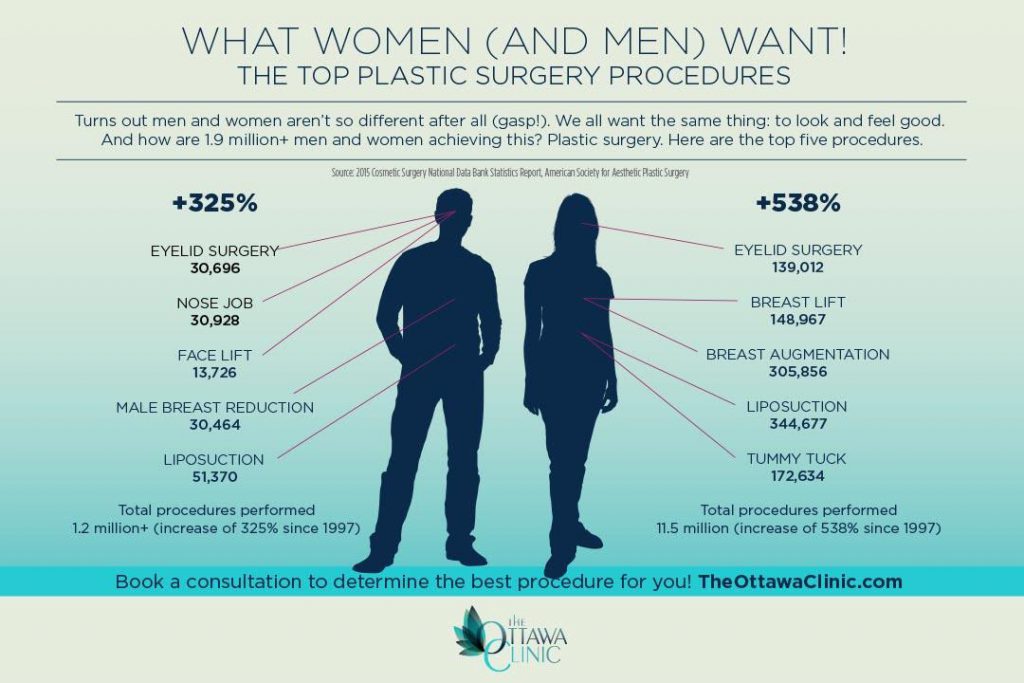Natural Treatments For Hormonal Acne
Natural Treatments For Hormonal Acne
Blog Article
Causes of Acne on Cheeks
Acne breakouts in the cheek area are caused by several things, from touching your face frequently to not altering your pillowcase often sufficient. Picking at acnes raises your danger of infection and scarring, and certain medicines can aggravate dark spots (postinflammatory hyperpigmentation).
Fortunately, there are several means to stop and deal with cheek acne. These consist of:
1. Hormone Adjustments
Acne is greatly brought on by hormonal agents, specifically those generated throughout the age of puberty and maternity. For some, a family history of acne might likewise contribute to their condition. Anything that clogs pores, such as oil-based skin care products or waxy hair items, can cause acne. Numerous topical therapies, like benzoyl peroxide and salicylic acid, can battle microorganisms and unclog pores. Those with serious or persistent acne ought to seek treatment from their doctor.
Avoid touching or squeezing your acne, as this can press several of the germs deeper into the skin, resulting in a more severe outbreak. It is additionally crucial to change pillowcases routinely and use clean make-up brushes. You need to likewise try to avoid toxic irritants such as rubbing from using a safety helmet or tight collar.
2. Diet
The oily, sweet foods that lots of people think trigger acne may in fact refrain from doing so. As a matter of fact, research studies have revealed that consuming a diet plan rich in entire, nutrient-dense foods assists to prevent breakouts.
Foods high in the glycemic index (such as white bread, corn flakes, blew rice and potatoes, doughnuts and various other pastries) raise blood sugar level degrees swiftly, and this can enhance hormones that enhance oil manufacturing and result in acne.
Drinking cow's milk has actually likewise been linked to increased acne outbreaks. If you are a routine cow's milk drinker, you might intend to try switching to low-fat or nondairy choices that are strengthened with calcium. Additionally, consuming alcohol even more water can help to lower acne due to the fact that it helps to maintain the skin hydrated.
3. Excess Oil
While oil is necessary for healthy skin, it can become a trouble when excessive sebum mixes with dead skin cells and obstructs pores. This combination can create blackheads, whiteheads and acnes. The blocked pore wall can break down and spill microorganisms, dead skin cells and sebum into bordering skin. This leads to a red bump known as an acne. Often these red bumps have pus in the center from a microbial infection. Larger contaminated bumps that appear like acne are called cysts.
There are rejeron facial many points that can trigger excess sebum and clogged pores, consisting of hormone variations, diet plan and daily behaviors. Some examples consist of touching the face often, relaxing your hand on your cheek, utilizing dirty make-up brushes and not changing pillow cases frequently.
4. Stress
If you're taking care of throbbing acnes or a slew of blackheads and whiteheads, it might be time to speak with a skin doctor. They can suggest an effective therapy that suits your skin type. Exercising relaxation and stress-reduction techniques likewise helps.
Acne can happen in the cheeks as a result of friction and stress, such as when a person touches their face regularly or uses a hat or sporting activities helmet that rubs versus the skin. It can also appear where oily cosmetics and lotions massage against the skin.
Prevent pressing acne, as this can push contaminated material deeper right into the skin and result in scarring. Rather, see a doctor to discover preventative treatments like medicine, skin treatment products and way of living changes. Consuming a healthy diet plan of entire foods, getting 7 to 9 hours of sleep and making use of noncomedogenic makeup and skincare products can all help reduce acne breakouts.
5. Hair Products
Hair items are not normally taken a cause of breakouts, but they can contribute to acne on the cheeks in some individuals. Pomade acne, which is identified by little shut comedones and papulopustules, is commonly triggered by making use of oily hair products that contain comedogenic active ingredients such as certain oils and acetylated lanolin.
Selecting hair items that do not include these possibly comedogenic ingredients is an essential action towards minimizing breakouts. Likewise, making certain that hair products aren't being available in contact with the skin can aid avoid outbreaks. As an example, wearing a scarf or hood during the night can limit hair-to-face get in touch with and minimize the chance that leave-in hair products will abrade onto the face.
Along with using a non-comedogenic moisturizer and cleaning with an acne face clean, various other helpful techniques consist of: